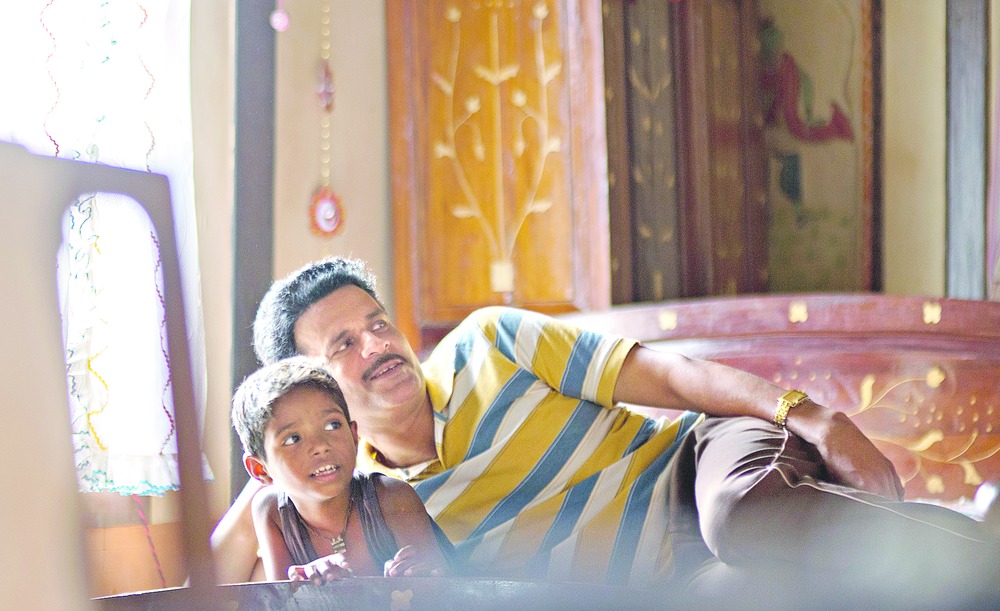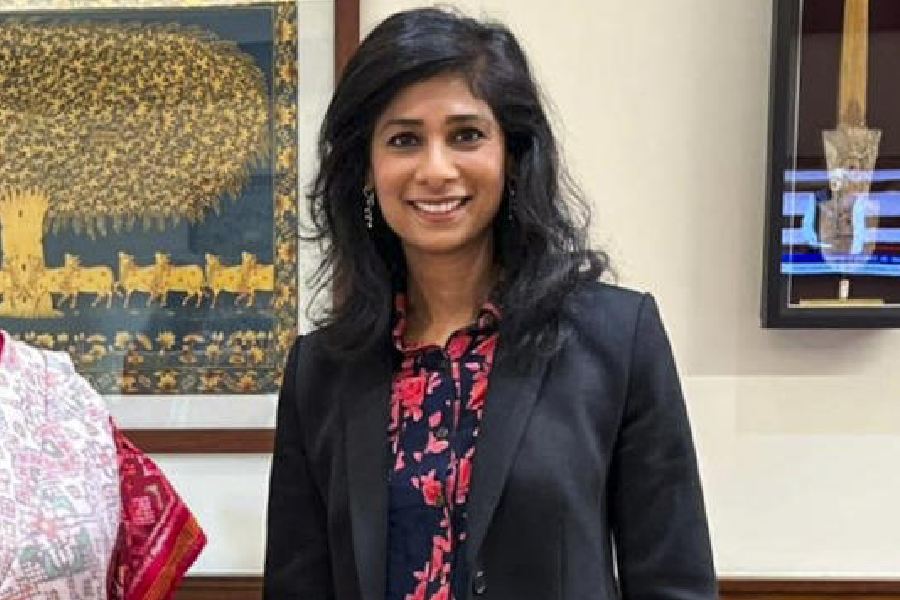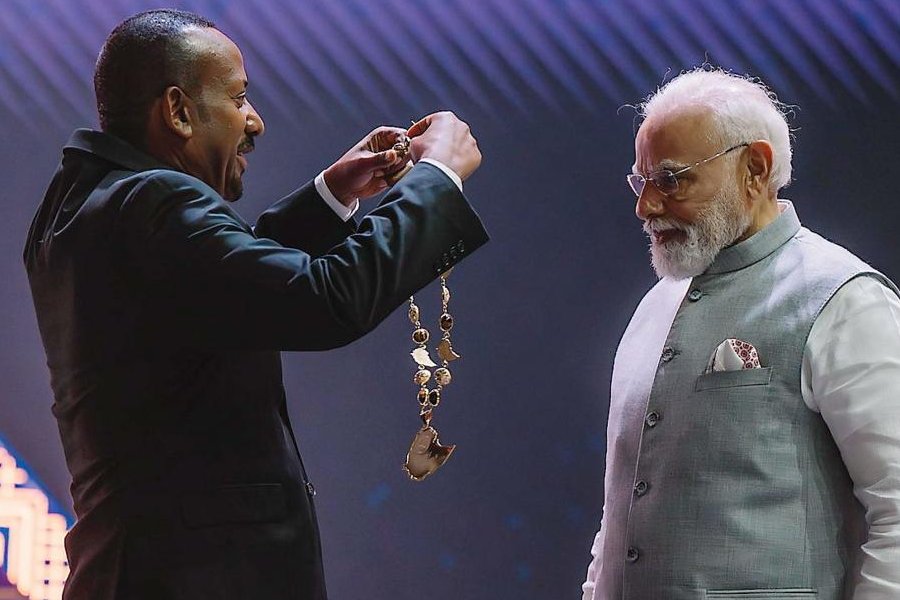
This is the year of wrestlers and cricketers. Salman Khan is ready with Sultan - the life of a small-town wrestling champion. Aamir Khan will loom large as a wrestler who trained his daughters in the sport in the December release, Dangal. Cricketers Sachin Tendulkar and M.S. Dhoni are the subjects of two new films. Yes, biopics about champs seem to be the current flavour of Bollywood.
It started with Chak De! India (2007) - the story of a women's hockey team that went on to win a championship. Then came Paan Singh Tomar (2012), Bhaag Milkha Bhaag (2013), Mary Kom (2014) and Azhar (2016).
The nation-building narratives of the late 50s, the urban dilemma of the 60s, the social conflicts of the 70s and 80s and the familial dramas of the 90s and 2000s have given way to the boxing arena, the pitch, the track and the akhara.

What fuels the interest in films about sportsmen and women? What makes them tick, industry wallahs point out, is the fact that they are stories of successes. And often the protagonist fights all odds to reach the top.
"When you make a film, you look for a powerful story material; you look for a graph; you look for the naked impact that would engage you and would allow you to engage the audience," says Ajit Andhare, COO, Viacom 18 Motion Pictures, the producers of Bhaag Milkha Bhaag and Mary Kom.
Stories of heroism - one good man or woman, hard times, struggle, pain and sacrifice, all followed by triumph - are perennial winners. Shyamal Karmakar, dean-in-charge and head of the editing department, Satyajit Ray Film and Television Institute, says, "Times are such that people have lost faith in the popular story telling structure. They do not believe in fairy tales or allegories anymore. They want to see reality, something they can believe in. And here comes the role of sports in our life. They want to see their heroes physically overcoming the problems and emerge successful - the same crisis that they might have faced in their life but could not come out of."
So you have Aamir Khan playing the wrestler Mahavir Singh Phogat in Nitesh Tiwari's Dangal. Also on the anvil is Sachin - A Billion Dreams, which stars the cricketer himself. Sushant Singh Rajput, who plays the former Indian skipper in Dhoni - The Untold Story, will play the lead in Murli - The Unsung Hero, a Shekhar Kapur film about paralympic gold medallist Murlikant Petkar.
That's not all. Films are being planned on tennis star Sania Mirza and athlete Pinki Pramanik. Director Amol Gupte hopes to make a film on badminton ace Saina Nehwal. "I am happily shocked by this girl who shot to fame at an early age. I want to take her story of struggle, perseverance and success to every Indian household," he says.

Even young Budhia Singh, who rose to fame as a four-year-old marathon runner, is the subject of a film, Budhia Singh - Born To Run, being shot by Soumendra Padhi, a software professional-turned-director from Bhubaneswar, Odisha.
Andhare stresses that biopics appeal to audiences because real-life stories have something distinctive to offer and the realism adds to the appeal. "I think the surge in sports biopics is primarily because of the content," Padhi adds.
But a biopic about a sportsperson comes with its own challenges. It is not just about getting into the skin of the character, but it also means that the leads have to work on their physique for a true-to-life representation on screen. In Bhaag Milkha Bhaag, which is about the athlete Milkha Singh, actor Farhan Akhtar had to shoot in two different time frames to show the physical transformation in the sprinter.
And they have to also pick up the skills of the game.
"Farhan had to develop a running style similar to that of the Flying Sikh himself. In Mary Kom, not only did Priyanka Chopra have to pick up the basics of boxing, she also had to beat up professional boxers to look more convincing on camera," says Andhare. For Dangal, Aamir Khan had to trek, cycle, swim and play tennis throughout the day, by way of training. He gained 25 kilograms in six months and then had to lose most of that to portray the younger self of the wrestler.

In the case of biopics, filmmakers often face a problem about what to show and what not to show about the lives of venerated icons. "Staying objective all the time is challenging," says Padhi. "Sometimes certain artistic liberties work out beautifully from the story point of view, but the person concerned may not be comfortable with it." The problems he faced with Budhia mostly related to information gathering. "It was very confusing since the information available appeared contradictory. Every time I would go to Odisha, I would get a different version," he adds.
Some biopics are well-made films, some are true to the subject, film watchers say. Gupte, however, is wary of a film like Azhar, purportedly on Mohammed Azharuddin, but which came with disclaimers that sought to project the lead character as fictitious.
"Why bother calling it ' Azhar' then? Why not Sachin or Ajay or Manoj or Ravi, or any of the other 'imaginary' players of the Indian cricket team, who were compatriots of the cricketer facing a 'life-time ban' on charges of match-fixing," critic Shubhra Gupta asked in her review of the film, released in May.
Director and theatre man Ashok Viswanathan, who wants to make a film in this genre, also stresses that biopics have to be honest. "The storyline in Azhar misses out the points that would have made it a real biopic - with proper research and stark reality," he says. "In the hands of some, sports biopics are becoming a regressive trend," he warns.










